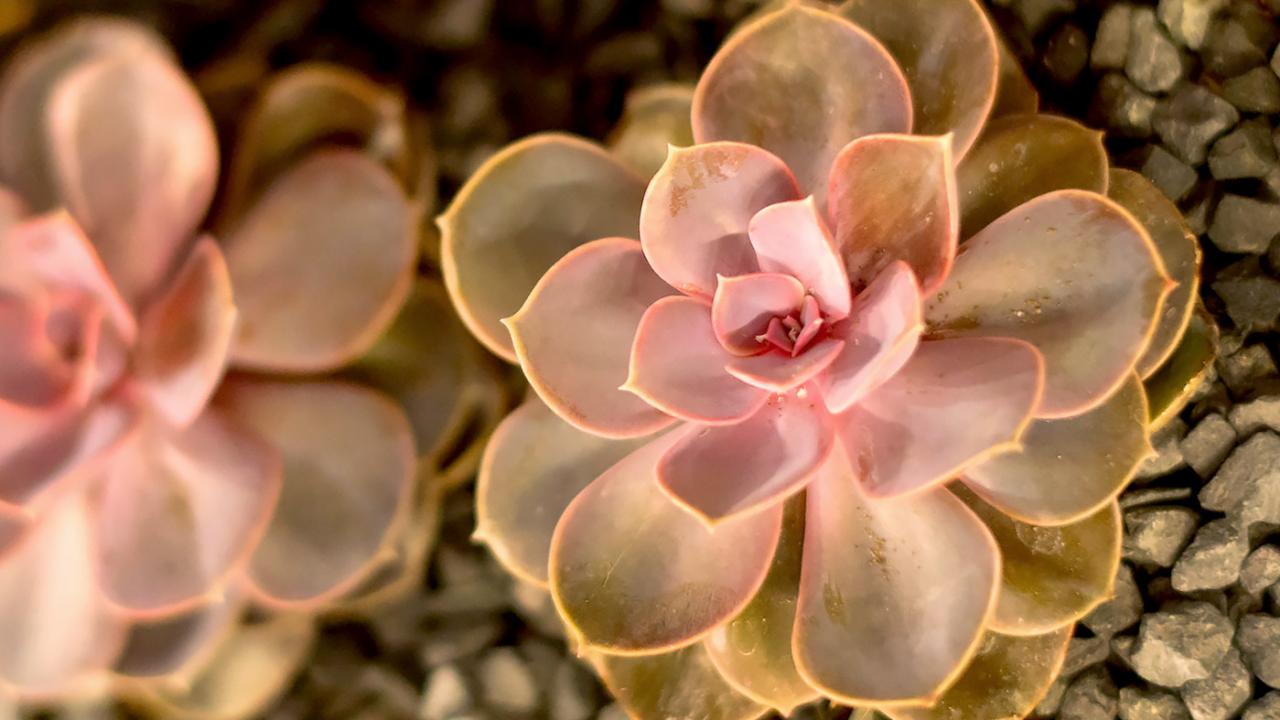

Indoor Plants are Waking Up
It’s time to give them a spring cleaning
Most houseplants take a rest during the winter. Indoor temperatures tend to be high and the air is often dry. Plants are not entirely dormant but their growth is certainly not robust. Think of it as a rest period. But now, plants are responding to increased sunlight, a signal that the growing season has begun in earnest.
As the light grows longer each day your houseplants sense the change. The sun is warmer and stronger as it streams in the windows. Plants are awakening to the growing season and this is the time to take stock of them. You may have noticed new leaves, stems, or flower buds. Active growth has commenced and that’s one more exciting aspect of spring.
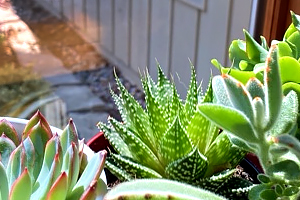
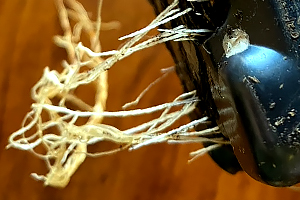
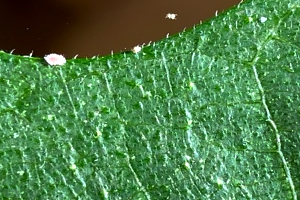
Look them Over
Pick up the pots and look for roots emerging from drainage holes. That’s a sign the plant could use repotting. Leaf tips that are brown or crispy or leaves that are yellow, speckled and limp are also signs that the plant needs care.
Hold the pot up to the light to check for spider mites, minuscule insects that create very fine, hard-to-see webbing under leaves and along stems. They cause damage by sucking juices from the plant. A magnifying glass or hand lens is very helpful. A few sprays of water every couple of days will eliminate these pests.
Mealy bugs are white, cottony insects that can quickly increase and spread from one plant to another. They, too, suck plant juices and cause damage. Remove them with a cotton swab dipped in rubbing alcohol or use an insecticidal soap and spray the insects every 7 to 10 days to kill them.
Scale insects are small and immobile and typically found on stems and the undersides of leaves. They produce a sticky, clear honeydew. Treat them the same as mealybugs. (If the infested plant is an herb or other edible, use water to remove the pests.)
New Potting Soil
Your plants may need fresh potting mix. If a plant has grown in the same pot for a few years there’s a good chance the fertilizers and nutrients in the soil are depleted. Garden centers offer bags of indoor potting mix as well as mixes made specifically for cacti, orchids and African violets.
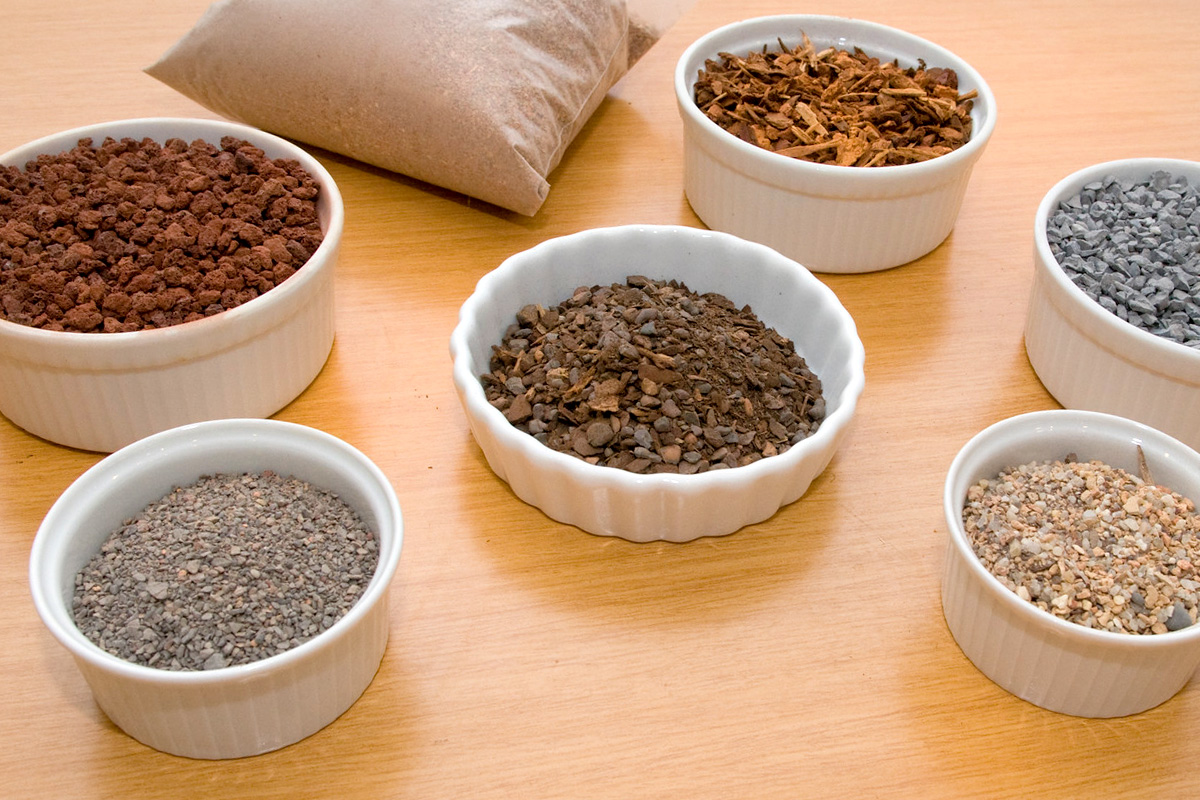
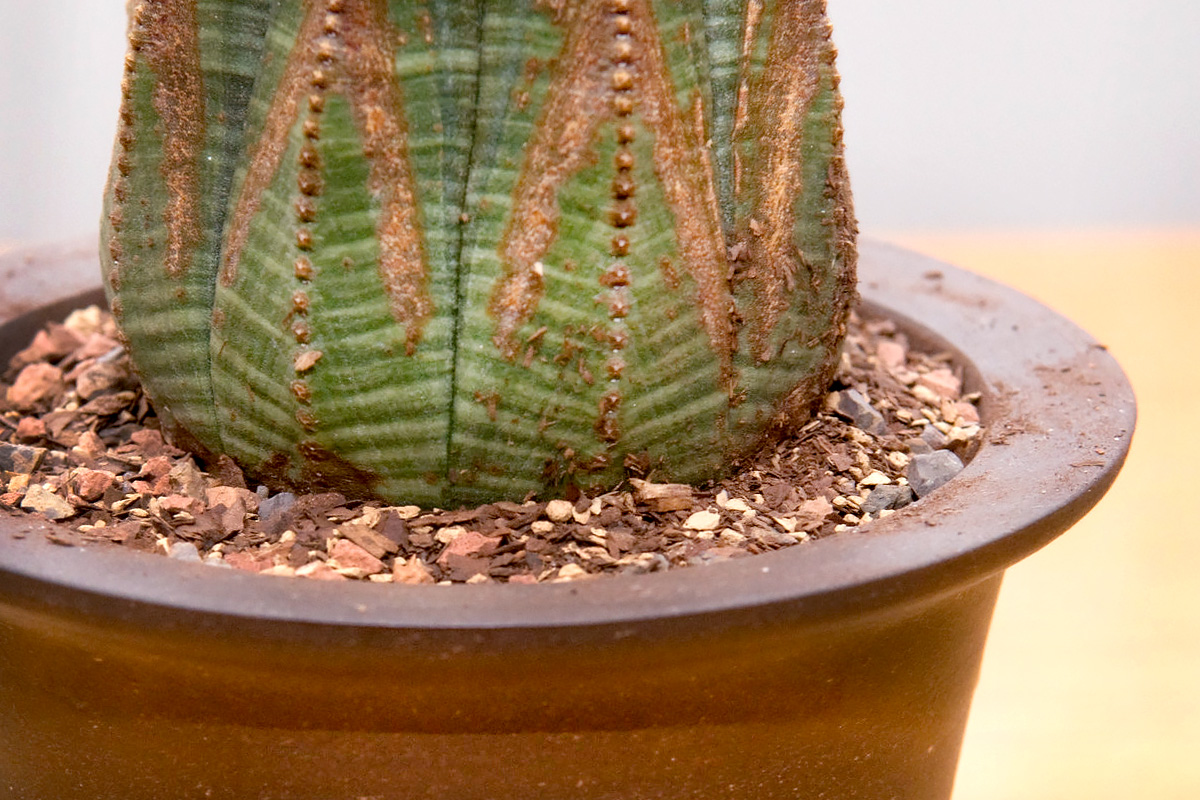
When repotting, you can keep the plant in the same pot by trimming off some of the bottom roots. Replace all of the potting mix, putting a layer in the bottom of the pot and setting the plant at the same depth at which it was growing before. Add more potting mix up to about one-half to one inch below the pot’s rim so it won’t spill over the edge when you water. Once you’ve repotted the plant, give the pot a few gentle taps to settle the plant and the soil and water it. (Pots need drainage holes. Even experienced gardeners can overwater a potted plant and that can cause the roots to rot. If your pot doesn’t have holes, consider putting the plant in a plastic pot with holes that can slip into the decorative container.)
If the plant’s roots have filled up most of the pot, use a larger pot—at least an inch or two wider in diameter. Some plants like to be slightly root bound, but once the roots encircle the inside of the pot or fill the entire root ball, a larger pot is a good idea.
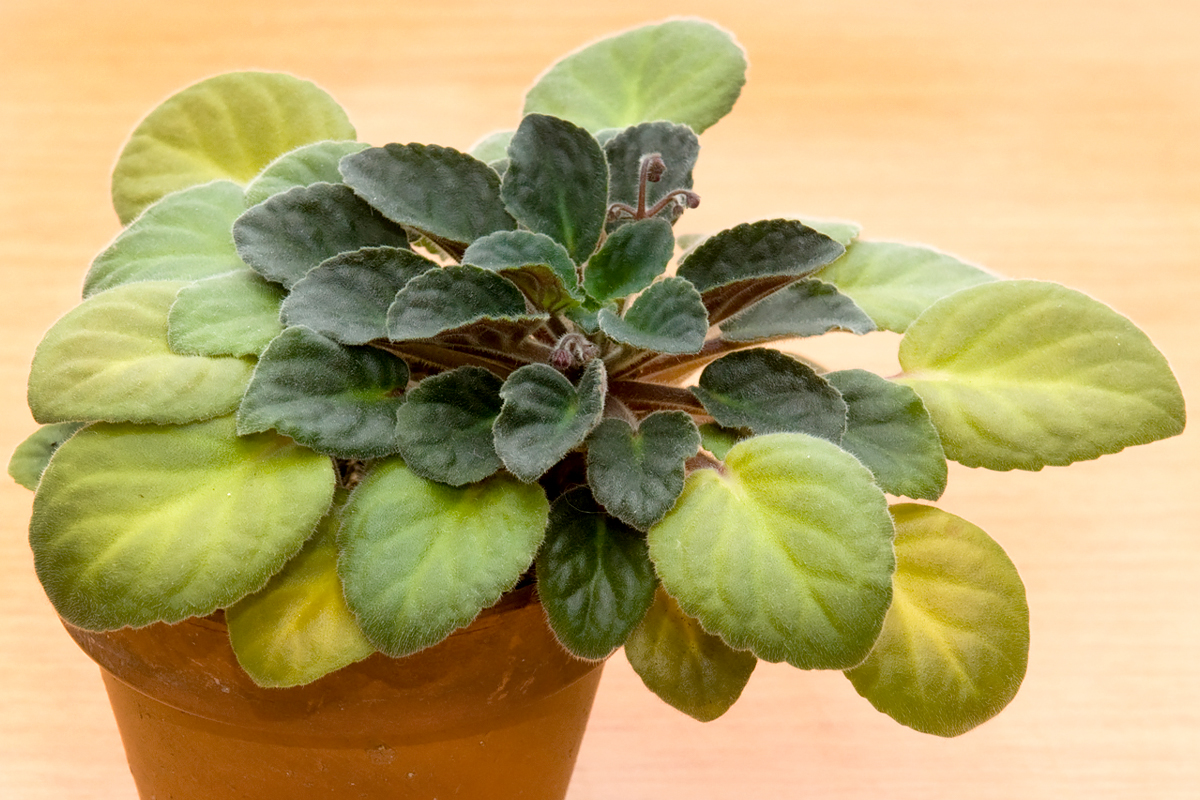
Trim Them
Plants, such as pothos or trailing ivy, may have become spindly or leggy over the winter due to lack of light. The stems grow longer as they stretch to reach the weak winter sunlight, but produce fewer leaves. In that case, you can give the stems a little “hair cut” to make them bushier. New shoots will form below the cuts. And, remove leaves that have turned yellow or a crispy. They’re not going to recover.
Feeding Time
Garden centers sell granular and water-soluble fertilizers labeled for indoor plants. If you haven’t repotted a plant and you don’t intend to anytime soon, fertilizing occasionally will replenish nutrients. Slow-release granular pellets sprinkled on top of the soil surface will provide nutrients each time you water. They can be worked into the potting mix as well. It might be tempting to use more fertilizer than the label recommends in hopes of getter faster growth or more flowers, but excess fertilizer can burn the roots and harm the plant. It’s like taking too many vitamins. Not good.
Spritz Them
Over the winter, dust may have collected on some of your plants. A layer of dust blocks some of the sunlight from reaching plant cells and plants use that light to produce some of the nutrients they need. A spray of water helps remove dust on glossy leaves. Plants like asparagus fern and bromeliads also appreciate the extra humidity from a daily misting. (Don’t mist hairy-leaved plants like African violets or cacti. They don’t like wet leaves.) A damp paper towel or soft cloth can be used on large-leaved specimens like rubber trees and elephant ears. If the plants can be moved, you could put them in the shower and give them a quick spray with warm water. Or, wait until after mid-May and take the plants outdoors to hose them off.
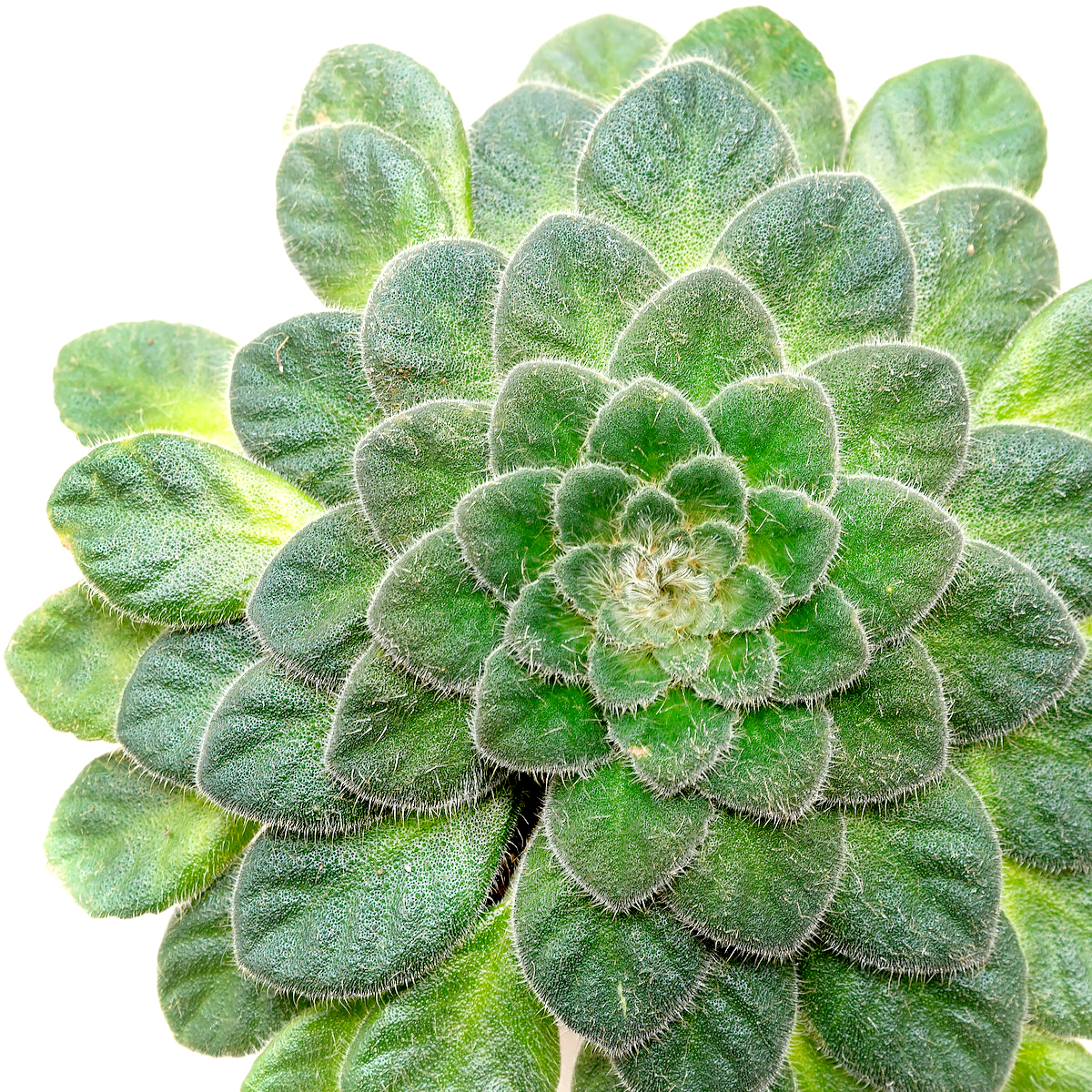
Double Your Pleasure
Succulents, cacti, orchids, air plants, ferns—you name it—garden center and grocery store shelves seem to offer more new and unusual plants each week. Indoor plants have become wildly popular once again and they’re the darlings of the decorating world. Have a bright south- or west-facing window? Look for an aloe, jade plant or Kalanchoe tomentosa (aka panda plant). For a north- or east-facing windows where plants receive low light or indirect light, there are spider plants, ZZ Plant (Zamioculcas zamiifolia), bird’s nest ferns, rex begonias and peperomias. The possibilities and the plants are endless.
Nina Koziol is a garden writer and horticulturist who lives and gardens in Palos Park, Illinois.

